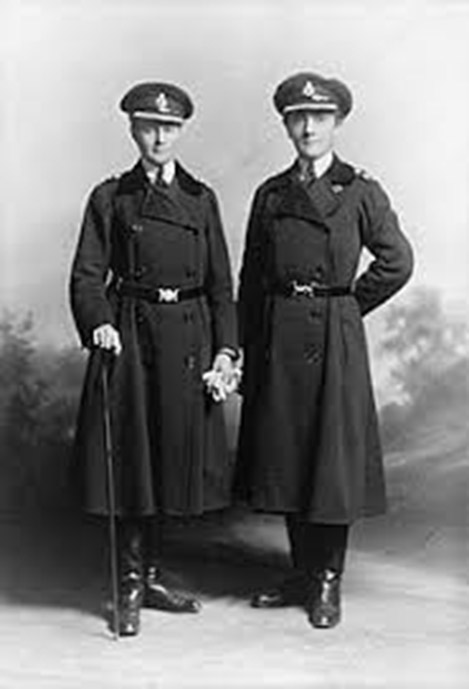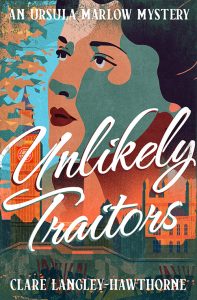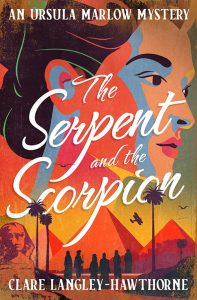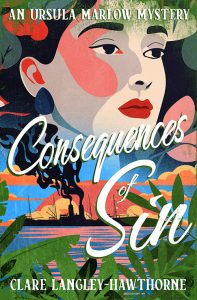
The First World War heralded the first visible role for women in ‘policing’ work in Britain. Coordinated by two separate organizations – the National Union of Working Women (renamed the National Council of Women in 1919) and the Women’s Police Volunteers (renamed the Women’s Police Service in 1915) – these pioneer policewomen were introduced because of safety and morality concerns during wartime.
In 1914, soon after the outbreak of the First World War, Margaret Damer Dawson, approached her friend Sir Edward Henry, Chief Commissioner of Police, about forming the Women’s Police Volunteers (WPV). She envisaged a separate group of trained professional women to deal with the pressing need of controlling the behavior of young women in wartime Britain. The initial impetus for the creation of the WPV was Damer Dawson’s concern that British men at railway stations were attempting to recruit Belgian women as prostitutes. She also believed that the influx of young women into cities across Britain, enjoying freedoms and employment opportunities unheard of in peacetime, were at risk of succumbing to the vices of drunkenness, loose morals and criminal behavior.
By the time the WPV formed, The National Union of Working Women (NUWW) had already organized around 5,000 voluntary ‘women patrols’ across Britain to walk the city streets, public parks and to visit cinemas and other places of entertainment to prevent and protect women from immoral behavior. Damer Dawson’s vision, however, was for a true women’s police organization that would presage the formation of a women’s police force after the war ended. She believed strongly that only women could effectively tackle problems of female criminal behavior and immorality.
The first person to join the WPV was Mary Allen, an ex-militant suffragette who had been imprisoned three times during the Women’s Social and Political Union’s campaign to secure votes for women. In her memoir, The Pioneer Policewoman, Mary Allen writes that: “A sense of humour had kept me from any bitterness. I was quite as enthusiastically ready to work with and for the police as I had been prepared, if necessary, to enter into combat with them.”
In 1915, following a schism within the organization over the Damer Dawson’s moralistic and interventionist approach to policing women, the WPV was renamed the Women’s Police Service (WPS). Wearing dark-blue uniforms with lettered armlets, hard felt hats and shoulder straps, the first WPS patrols concentrated on looking after the welfare of refugees in London. Soon, however, WPS members were assigned to many other cities, most notably Grantham and Hull. Edith Smith, one of the original members of the WPS, became the first attested policewoman in the United Kingdom when she was sworn in as a member of the Grantham Police Force in 1915. In most cases, however, WPS volunteers were not sworn in as full members of the local police force and could not make arrests.
In 1916 the Admiralty recruited a member of the WPS as an undercover worker in an attempt to expose spying and drug taking at the Scapa Flow Naval Base. The Ministry of Munitions also used the WPS to search women workers at its factories. By 1918, WPS policewomen were on duty in Edinburgh, Birmingham, Glasgow, Bristol, Belfast, Oxford, Cambridge, Grantham, Portsmouth, Folkestone, Hull, Plymouth, Brighton, Reading, Nottingham, London and Southampton. Between 1914 and 1920 the WPS trained 1,080 women, 90% of which were involved in supervising women workers at munitions factories.
The WPS was a particularly militaristic organization, in both discipline and practice. The WPS leadership adopted close-cropped military style haircuts, a decidedly masculine uniform and a martial hierarchy that required superior offices to be saluted and addressed as ‘Sir’ by subordinates. Many in the leadership had masculine nicknames (Mary Allen, for example, went by the name of ‘Robert’ apparently). The WPS also insisted that its officers should all be ‘educated gentlewomen’. WPS volunteers also received instruction in first aid, drill, the art of self-defense (ju-jitsu), police court procedure and signaling. Unlike the male police force, almost all the WPS members worked without pay and were often older, socially privileged and better educated than their male colleagues.
At the end of the First World War Commandant Margaret Damer Dawson and Sub-commandant Mary Allen asked the new Chief Commissioner of Police, Sir Nevil Macready, to make them a permanent part of the police force. He refused, saying that the women were “too educated” and would “irritate” male members of the force. Instead, he decided to recruit and train his own women from the ranks of the NUWW/NCW patrols. Margaret Damer Dawson died in 1920 and, although she was awarded the OBE for services to her country during wartime, she never realized her dream of establishing a separate women’s police force.
The WPS continued as a voluntary service and in 1920 became the Women’s Auxiliary Service. By the 1930s Mary Allen, who took over the leadership of the WPS after Damer Dawson’s death, had become a controversial political figure and in 1939 she declared herself a supporter of Oswald Moseley’s British Union of Fascists
References:
- The Pioneer Policewoman. Commandant Mary S. Allen O.B.E. Chatto & Windus. London. 1925
- Women on Duty, A History of the First Female Police Force, Sophie Jackson, Fonthill, 2014
- R.M. Douglas. Feminist Freikorps: The British Voluntary Women police, 1914-1940. R.M. Douglas. Praeger Publishers, Westport. 1999
- Phillipa Levine. “Walking the Streets in a Way No Decent Woman Should”: Women Police in World War I. The Journal of Modern History. 1994; 66(1):34-78



